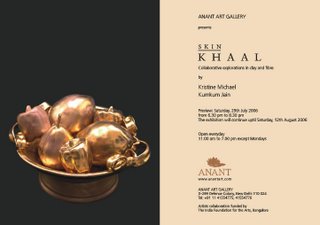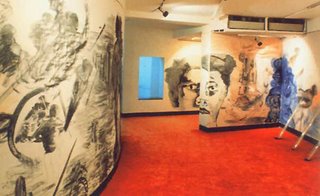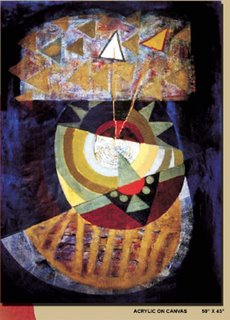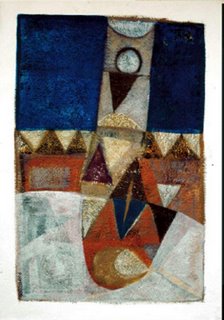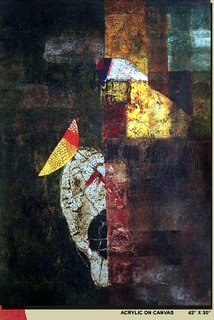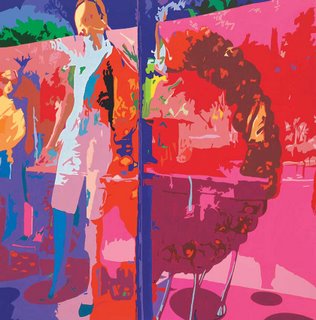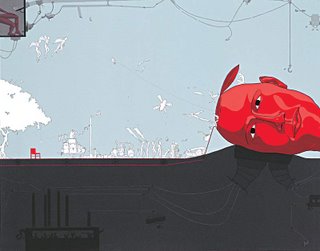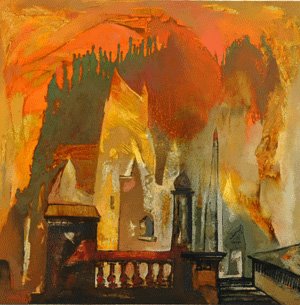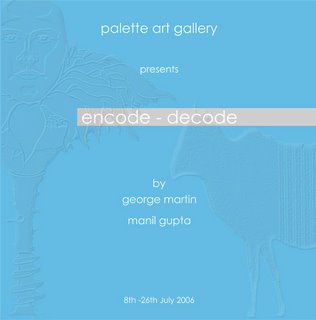Picasso: The Impassioned Image at Smith College, artdaly.com, july 27, 2006
Picasso: The Impassioned Image at Smith College
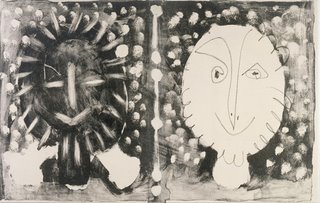 Pablo Picasso (Spanish, 1881 - 1973), Two Grotesque Heads, 1949. Lithograph on paper. Purchased, 1951:127-1. Photograph by Stephen Petegorsky.
Pablo Picasso (Spanish, 1881 - 1973), Two Grotesque Heads, 1949. Lithograph on paper. Purchased, 1951:127-1. Photograph by Stephen Petegorsky.NORTHAMPTON, MA.- The Smith College Museum of Art continues its summer-long Modern Masters series with a show of works on paper by Pablo Picasso. The exhibition, entitled The Impassioned Image, will be on view at SCMA through Sunday, August 20.
One of the best known artists of the twentieth century, Pablo Picasso (1881 - 1973) left behind a staggering output of works in all media. A prolific and inventive printmaker, Picasso consistently stretched the boundaries of the medium, fueled by his intuitive and instinctive approach to drawing.
On view in a gallery dedicated to exhibiting the museum’s works on paper, visitors can view a total of 49 works by the master artist: three drawings and 46 prints, made by Picasso over a period of 64 years. The works are drawn primarily from SCMA’s collection with a few outstanding loans. The show features a range of works on paper from all of Picasso’s major periods and styles, highlighting the technical and pictorial innovations that both guided and drove his work.
Aprile Gallant, Curator of Prints, Drawings and Photographs at SCMA, said of the exhibition, “Instead of just a few highlights that amount to individual moments in such a varied life, visitors will be able to follow threads of thought from one piece to another over decades.”
Picasso was an immensely prolific artist with an innate appetite for experimentation—two characteristics that made him a successful and fascinating printmaker. The artist made nearly two thousand prints in his lifetime, with his graphic production spanning the breadth of his career, beginning in 1899 and lasting until his death. The works that make up the Saltimbanques suite, shown in their entirety here, are among Picasso’s earliest prints. Two other series included in this exhibition—Le Chef-d’oeuvre inconnu and selections from the Vollard Suite—represent one of the most productive and creative periods of Picasso’s career as a printmaker.
Picasso experimented with all major print media—etching, engraving, aquatint, drypoint, and woodcut—and later incorporated lithography and linocut into his graphic oeuvre. He was technically and compositionally adventurous, often creating multiple states, or versions, of a single work to achieve desired results. The work shown in this exhibition is a testament to his great abilities in various media.
Several of the prints exhibited are illustrations of narratives and poetry. The exhibition is expressive of his love for both contemporary and historical literature. While these unusual and beautiful prints stay true to Picasso’s artistic vision and methods they are very different from the cubist paintings most commonly associated with Picasso’s work, as are all of the prints and drawings featured in The Impassioned Image.
artdaly.com, july 27, 2006
